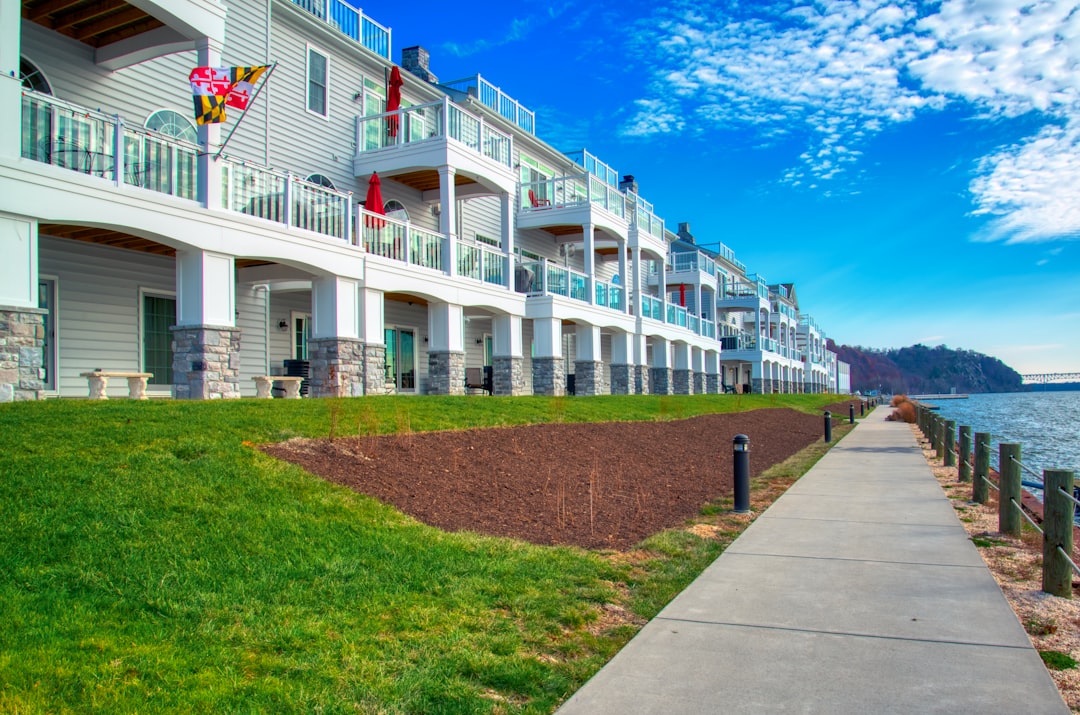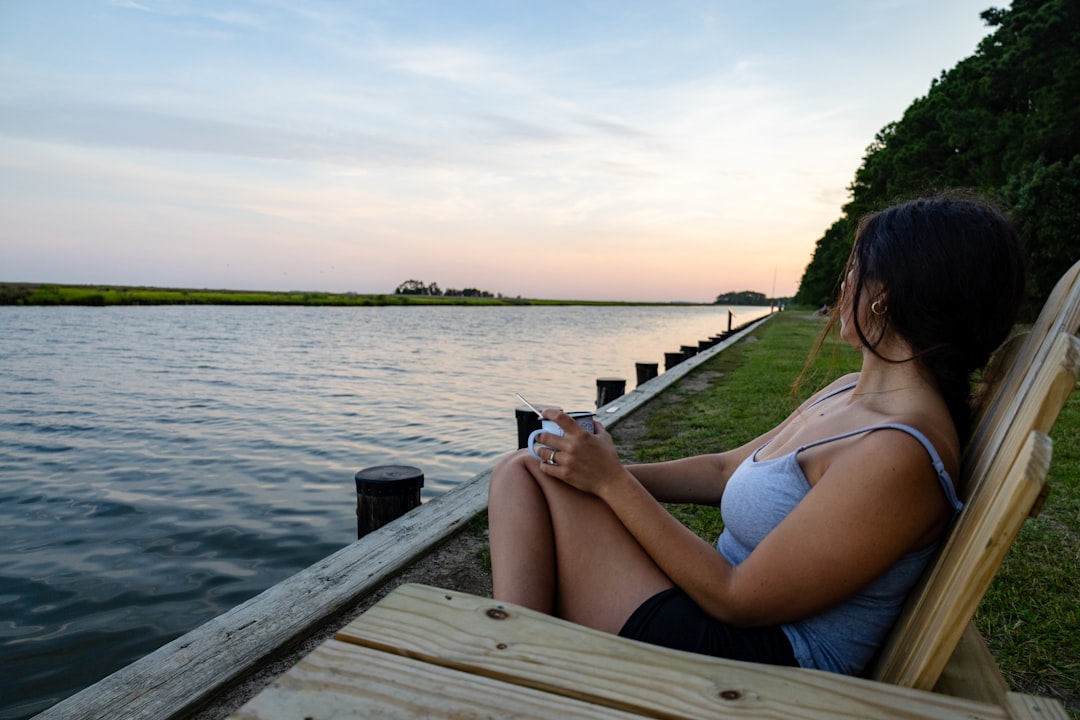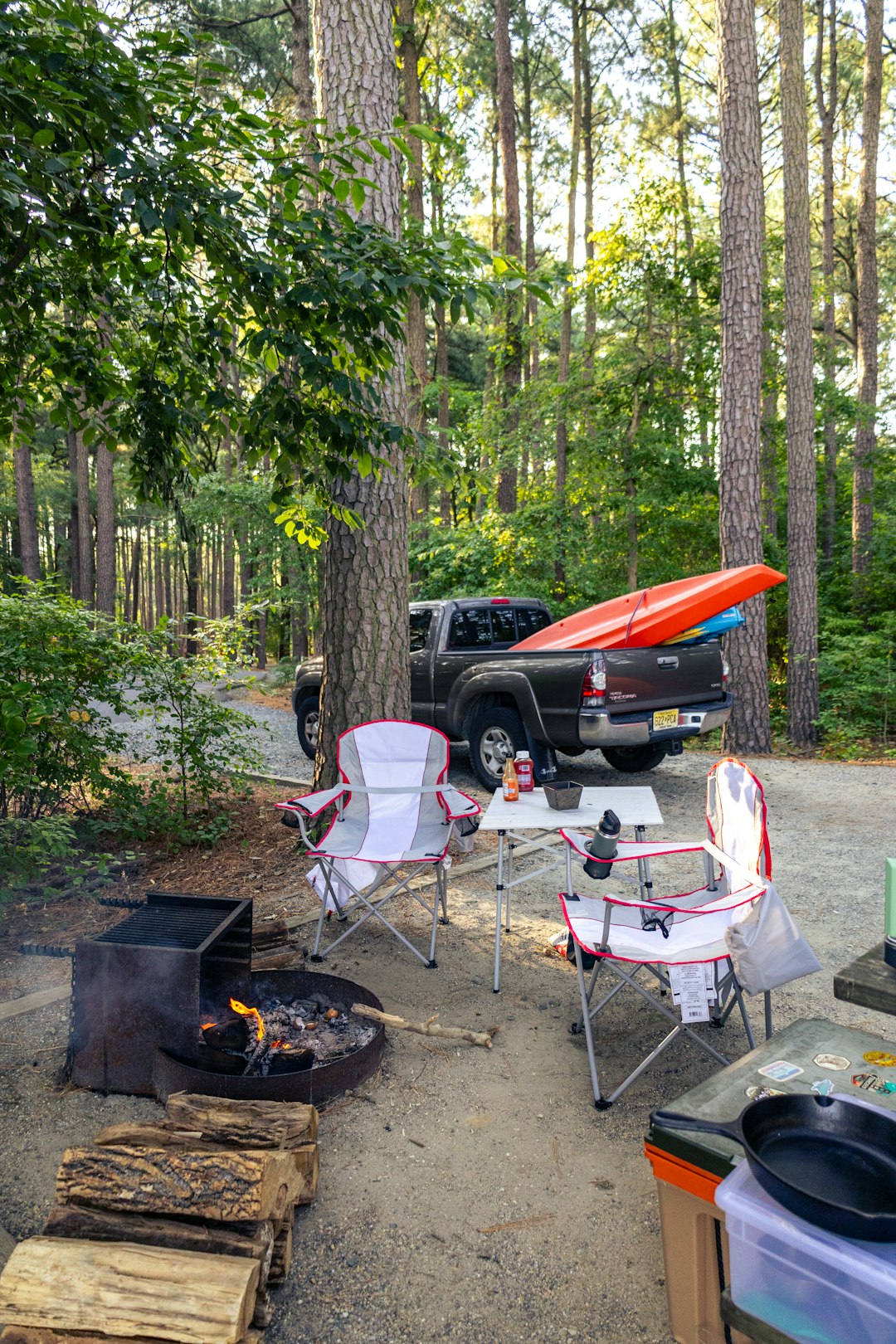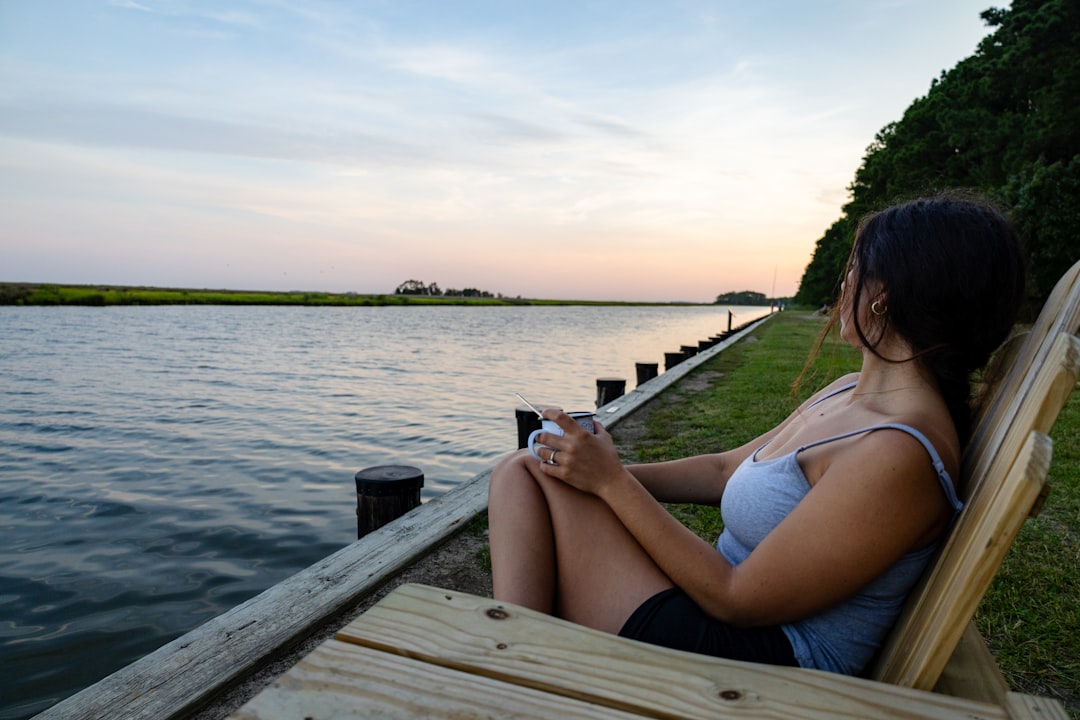Baltimore's architecture is a captivating narrative of transformation, diversity, and resilience. From its historic core featuring Federal and Georgian styles to modern skyscrapers, the city's landscape showcases immigration, economic booms, and societal shifts. Despite challenges like urban decay, Baltimore has revitalized former industrial sites into arts districts and residential areas. The mix of architectural styles, from Victorian row houses to contemporary marvels, attracts locals and visitors, including those seeking specialized legal support for sensitive issues, like elderly sexual assault lawyers in Maryland. Baltimore's blend of old and new enhances its community pride and positions it as a harmonious coexistence of past and future.
Baltimore, Maryland, boasts a unique architectural landscape that tells the story of its diverse history and evolving communities. From the grand structures of its Victorian past to the modern skyscrapers and vibrant neighborhoods today, Baltimore’s architecture is a testament to its resilience and cultural richness. This article explores the city’s architectural diversity, conservation efforts, and innovative designs, offering a glimpse into how Baltimore preserves its heritage while embracing the future. (Note: The SEO keywords have been intentionally excluded from this introduction as per the given constraints.)
Historical Overview: A City's Evolution Shaping Its Architectural Landscape

Baltimore’s architectural landscape is a reflection of its rich history and diverse communities, shaped over centuries by waves of immigration, economic booms, and societal changes. Initially founded in the 17th century, the city has witnessed the rise and fall of industries, from shipbuilding to steel production, each leaving its mark on the urban fabric. This dynamic evolution is evident in the mix of architectural styles, ranging from charming Victorian row houses to modern glass skyscrapers.
The city’s historical core, with its cobblestone streets and iconic landmarks like the Inner Harbor, showcases a blend of Federal and Georgian architecture. As Baltimore grew, so did its cultural tapestry, leading to the emergence of distinctive neighborhoods with unique architectural characteristics. The arrival of immigrants from Europe and Asia contributed to the city’s vibrant mix, evident in the beautiful Victorian-era homes and diverse cultural centers. Over time, Baltimore has also faced challenges like urban decay and economic hardship, but these trials have sparked innovative revitalization efforts, transforming former industrial sites into thriving arts districts and modern residential areas.
Iconic Landmarks and Modern Marvels: Baltimore's Diverse Architecture

Baltimore, Maryland boasts a diverse architectural landscape that captivates visitors and residents alike. From majestic historic landmarks to modern marvels, the city’s buildings tell stories of its rich past and dynamic present. One iconic symbol, the Inner Harbor, is a vibrant waterfront destination with striking contemporary structures like the National Aquarium and the Baltimore Marine Science Center, showcasing cutting-edge design and engineering.
In contrast, Baltimore’s historic district features elegant Victorian mansions, grand public buildings, and charming cobblestone streets, reflecting the city’s heritage. These architectural gems, including the iconic Mount Vernon Place and the picturesque Patterson Park, offer a glimpse into Baltimore’s illustrious past. As the city continues to evolve, new developments blend seamlessly with its historical roots, attracting professionals and families alike, even those seeking legal support for sensitive matters like elderly sexual assault cases with reputable lawyers, firms, or attorneys in Maryland.
The Influence of Neighborhoods: Local Styles and Trends

Baltimore’s diverse neighborhoods have played a significant role in shaping its unique architectural landscape. Each community has developed its distinct style, influenced by historical context, demographic shifts, and local trends. For instance, the charming Victorian homes in Mount Vernon reflect the city’s rich heritage, while modern skyscrapers in the Central Business District showcase Baltimore’s commitment to urban innovation. This blend of old and new creates a dynamic visual story across the city.
The architectural diversity also extends to the city’s approach to social and cultural integration. Neighborhoods like Charles Village exhibit a mix of architectural genres, symbolizing Baltimore’s adaptability and inclusivity. These local styles have not only contributed to the aesthetic appeal of the city but also serve as a source of community pride, making Baltimore a fascinating study in urban architecture and cultural evolution, even when considering sensitive issues such as elderly sexual assault cases that may arise within these diverse communities.
Preserving the Past, Embracing the Future: Conservation Efforts and Innovative Designs in Baltimore

Baltimore, a city rich in history and culture, has made it a priority to preserve its architectural heritage while simultaneously embracing innovative designs for the future. This delicate balance is evident in various conservation efforts and groundbreaking architectural projects throughout the city. From historic district renovations to modern urban developments, Baltimore’s approach showcases a unique blend of preserving the past and envisioning a sustainable future.
One notable aspect is the careful restoration of iconic landmarks and buildings, ensuring they remain as integral parts of the cityscape. These efforts often involve collaboration between architects, historians, and community members to maintain the structural integrity while incorporating contemporary elements. Additionally, Baltimore’s architectural scene has seen a surge in innovative designs that challenge conventional norms, attracting attention from both locals and visitors alike. This fusion of tradition and modernity positions Baltimore as a dynamic urban center, where the past and future coexist harmoniously.





